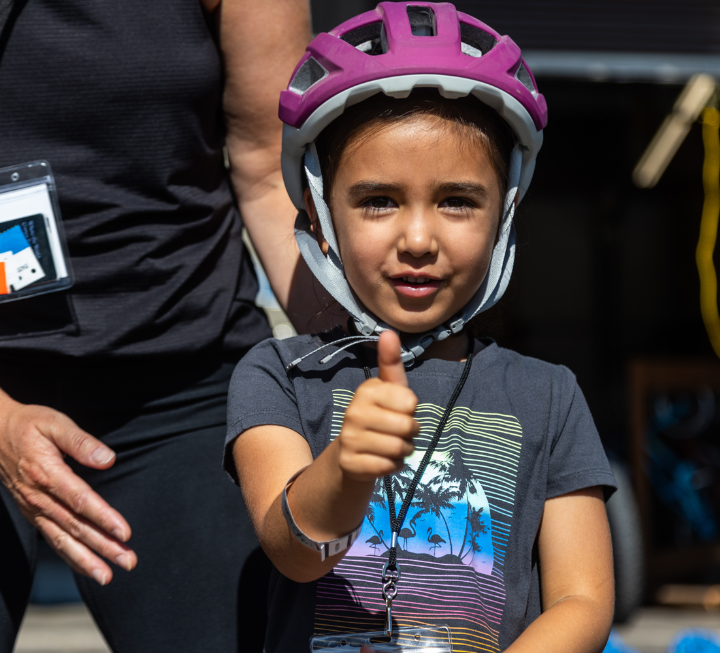Summary
Certain severe epilepsy conditions require treatment with hemispherectomy, a surgery that removes or disconnects the affected cerebral hemisphere, but leaves the individual with many impairments including significant hemiparesis. Limited data exists on rehabilitative techniques or the process of neural plasticity and neural reorganization after hemispherectomy.
This study evaluates the feasibility and efficacy of high-intensity task-oriented rehabilitation, delivered by robot-assisted therapy in an enriched day-camp setting, for improving motor function in patients after cerebral hemispherectomy, as well as the anatomic changes in the brain as a result of the paradigm.
Approval
Rancho Los Amigos Institutional Review Board study #165
Results
This study is ongoing. Early data shows that:
“A high-intensity, short-duration regimen of robot-assisted rehabilitation:
1. Improved upper extremity function and gait endurance
2. Increased cortical thickness in motor areas (primary motor cortex and supplementary motor area).
3. Elicited functional improvements and neuroanatomical changes after just eight days of training
4. Elicited improvements even though participants were out of the acute recovery period
5. Was feasible and efficacious delivered in an enriched day-camp setting,
This is the first study to show an increase in functional task performance associated with an increase in cortical thickness in post-hemispherectomy individuals. This study used robot-assisted rehabilitation in a program of short-duration, high-intensity, task-specific training.
From the American Academy of Neurology meeting poster presentation, 2015.
AAN Poster 2015 Robocamp (Power Point)
AAN Poster 2015 Robocamp (PDF)
From the American Congress of Rehabilitation Medicine meeting 2019
ACRM 2019 poster (PDF)
Learn more about Robocamp here.


